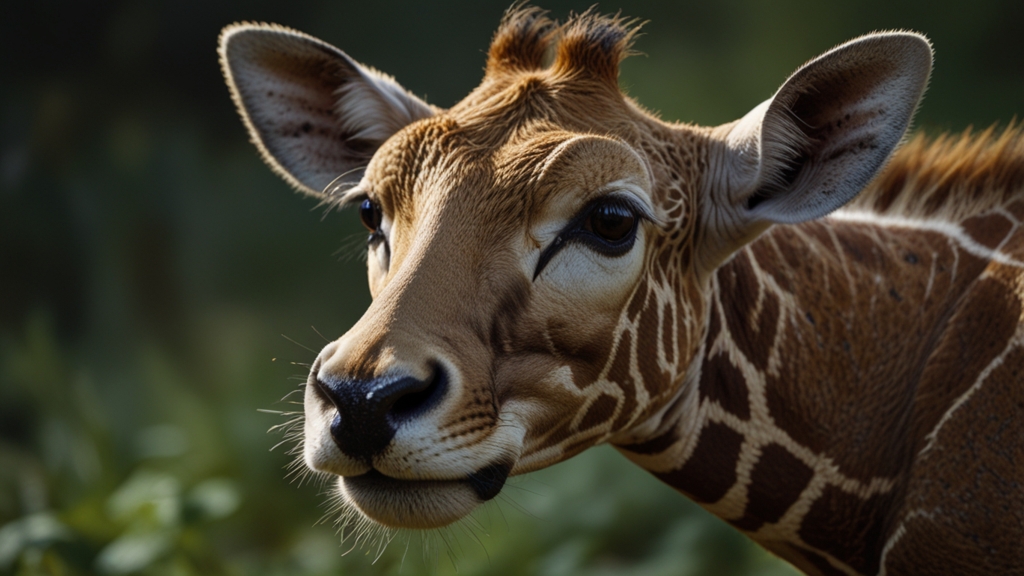Nature's Engineers: The Incredible World of Animal Architects
Nature is full of extraordinary engineers. From the minuscule mounds of termites to the sprawling beaver dams, animals have developed remarkable building techniques that rival human ingenuity. These creatures use natural materials and instinctive skills to create shelters, capture prey, and protect themselves from predators. This article explores some of the most fascinating animal architects and their incredible constructions.
The Master Masons: Termites
Termites are among nature's most meticulous builders, creating towering mounds that can reach heights of over 10 feet. These structures, often found in savannas and grasslands, serve as living quarters, nurseries, and ventilation systems. Termites use a combination of soil, saliva, and dung to construct these mounds, which can last for several decades.
"Termite mounds are marvels of engineering; they maintain a consistent internal temperature and humidity, protecting the colony from the harsh external environment," says Dr. Louise Brown, an entomologist at the University of Nairobi.
The Dam Builders: Beavers
Beavers are well-known for their ability to transform landscapes with their dam-building activities. Using logs, branches, mud, and stones, beavers build dams that create ponds, which serve as a habitat for various species. These dams also help to regulate water flow and prevent soil erosion.
Beavers' lodges, constructed either within the dam or separately, offer an insulated living space with underwater entrances, providing protection from predators. Their building activities benefit the ecosystem, creating wetland areas that increase biodiversity.
"Beaver dams are crucial for maintaining wetland habitats, which support a wide range of flora and fauna," explains wildlife biologist Peter Smith. "Their natural engineering skills have a significant positive impact on the environment."
The Weaver Experts: Birds
Birds are among the most diverse builders in the animal kingdom, creating a variety of nests to suit their needs. From the intricately woven nests of weaver birds to the massive stick structures of eagles, avian architecture showcases an impressive range of techniques and materials.
Weaver birds in particular are renowned for their complex and tightly woven nests, which hang from tree branches. Made from grasses and twigs, these nests provide a secure environment for raising young, protecting them from ground predators and floods.
The Burrowers: Prairie Dogs
Prairie dogs are expert burrowers, creating extensive underground tunnel systems known as "towns." These burrows provide shelter from extreme weather and predators, offering a safe space for raising young. The complex network of tunnels includes separate chambers for nesting, food storage, and waste disposal.
Prairie dog towns also play a vital role in the ecosystem, providing habitats for other species like burrowing owls and rattlesnakes. Their burrowing activities improve soil aeration and water infiltration, promoting plant growth.
The Shell Collectors: Hermit Crabs
Hermit crabs exhibit unique architectural behavior by sourcing and modifying empty shells for protection. As they grow, hermit crabs move into larger shells, sometimes even engaging in "shell exchanges" with other crabs. This behavior ensures they have adequate protection from predators and environmental hazards.
Hermit crabs also personalize their shells, often attaching additional materials like seaweed and small stones for better camouflage and enhanced defense. Their adaptability and resourcefulness highlight their role as skilled animal architects.
Conclusion
From the towering mounds of termites to the underwater lodges of beavers, the animal kingdom is brimming with incredible architects. These creatures exhibit remarkable ingenuity and adaptability, creating structures that serve multiple purposes and benefit their ecosystems. By studying these natural engineers, we gain valuable insights into biodiversity and the interconnectedness of life on Earth.










